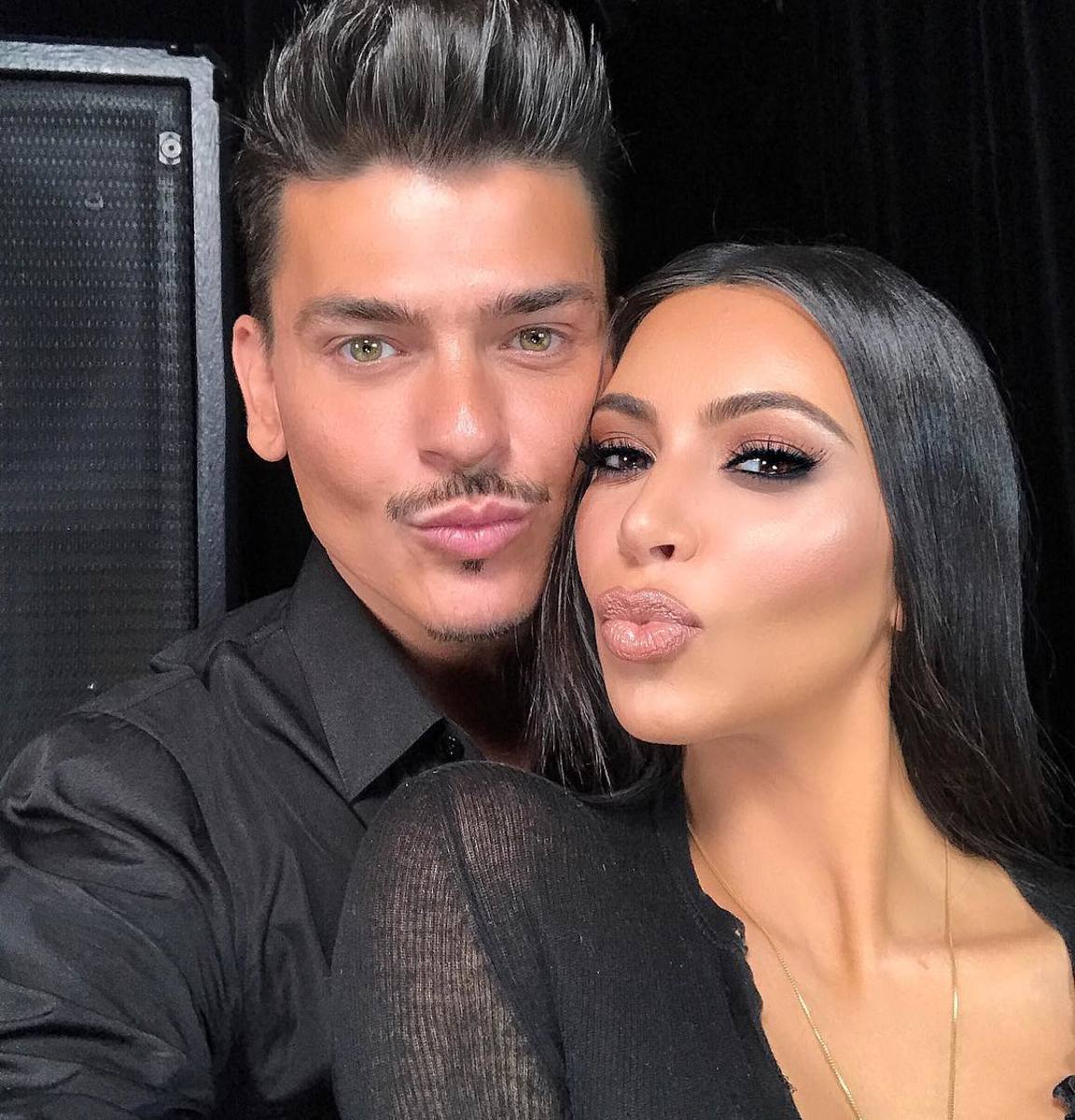ARTIST
Mario Dedivanovic, Founder Of the Cosmetic Brand Makeup by Mraio

Prestigious Makeup Artist Mario Dedivanovic is quite possibly the most acclaimed, followed, and persuasive cosmetics specialists on the planet. Pursued for his imaginativeness, enthusiasm, polished skill, and scrupulousness, Mario has practical experience in inconspicuous changes, assisting to draw with excursion the most immaculate form of a person’s normal composition and highlights.
From training to web-based media to advancement, Mario is a visionary and pioneer at the main edge of the magnificence business. He has assembled a worldwide after with more than 8 million adherents on instagram, having instructed and promoted the most popular cosmetics methods of the most recent decade and touched off viral patterns that have roused and perpetually modified the excellence scene.
The superstar cosmetics craftsman, who’s known for his notable work with Kim Kardashian West, Kate Bosworth, Gabrielle Union and that’s just the beginning, got his beginning in the business when he found some work at Sephora as a youngster. What’s more, presently, as Dedivanovic praises his 20-year commemoration as an expert cosmetics craftsman, he completes the cycle when his namesake image, Makeup by Mario.
The Makeup by Mario brand, out today at Sephora and on the web, overcomes any barrier between genius craftsman and standard individual. The principal drop centers around eyes, with three shadow ranges, three Prep and Set ranges, three face and eye highlighters, a demulcent called Secret Glow, a fluid liner, three eye pencils, five brushes, and biodegradable cosmetics wipes.
